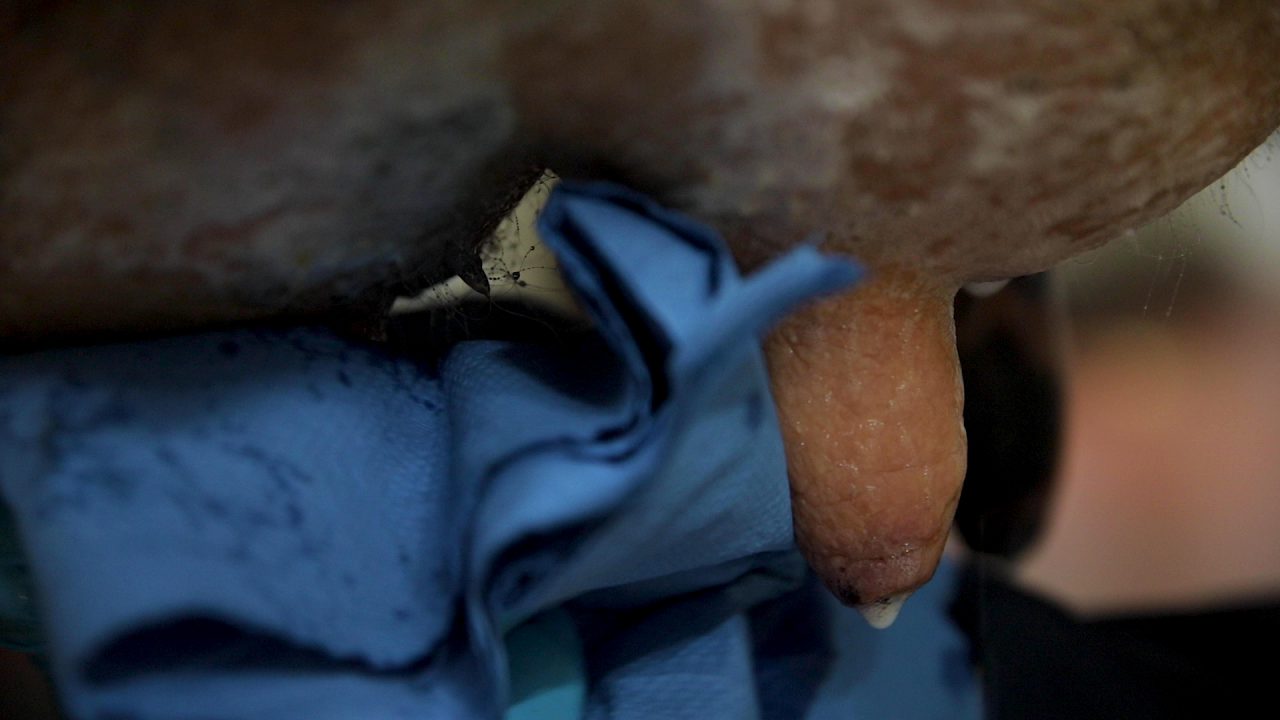The California Mastitis test (CMT) has a vital role to play on farms as the number of cows calving increases and the milk production season kicks off on farms.
The CMT allows you to quickly identify cows that have a high somatic cell count (SCC) within your herd and even allows you to determine which of their quarters is at fault.
Controlling SCC can be a challenge at anytime of the year, but during the spring when the workload is heavy it can be increasingly more difficult.
Ideally, all cows should have done a CMT before their milk enters the bulk tank. This can help to identify cows that didn’t cure over dry period or that picked up an infection over the dry period.
A CMT is a quick and effective way of monitoring cows and offers real-time information on the cows.
Method
The procedure for using the CMT kit is very simple:
- Draw and discard the first three draws and then fill each well with a quantity of milk. Try to avoid cross contamination;
- Once all four wells have a quantity of milk, tilt the tray to a 45º – this will ensure there is an equal volume of milk in all four wells;
- Turn the tray back flat and squeeze the bottle until an equal quantity is applied to all four wells; there should be an approx. 50:50 mix of milk and reagent;
- Stir the tray for 30 seconds and watch for any changes to the consistency of the solution. The degree of thickness reflects how high the SCC level is within the quarter.

The test should be carried out prior to attaching clusters.
CMT
CMT can be compared to grass measuring; like grass measuring, you are getting real-time information – but rather than being on your paddocks it is on your cows.
The importance of milk recording cows cannot be questioned, but the information is not live and a CMT alongside a milk recording can play a pivotal role on any dairy farm.
Milk recording data can point you in the right direction for cows that are possibly causing the rise in SCC and then the CMT gives you a positive identification.
